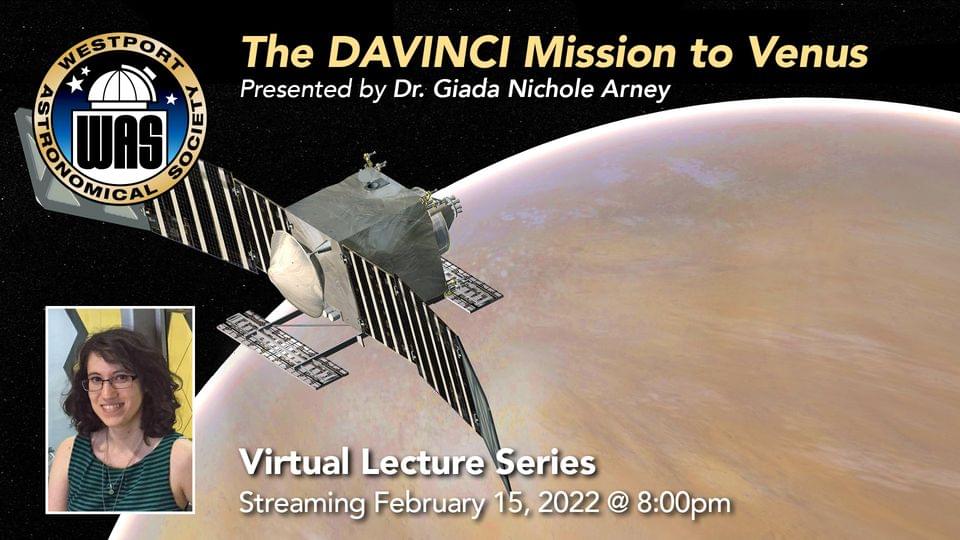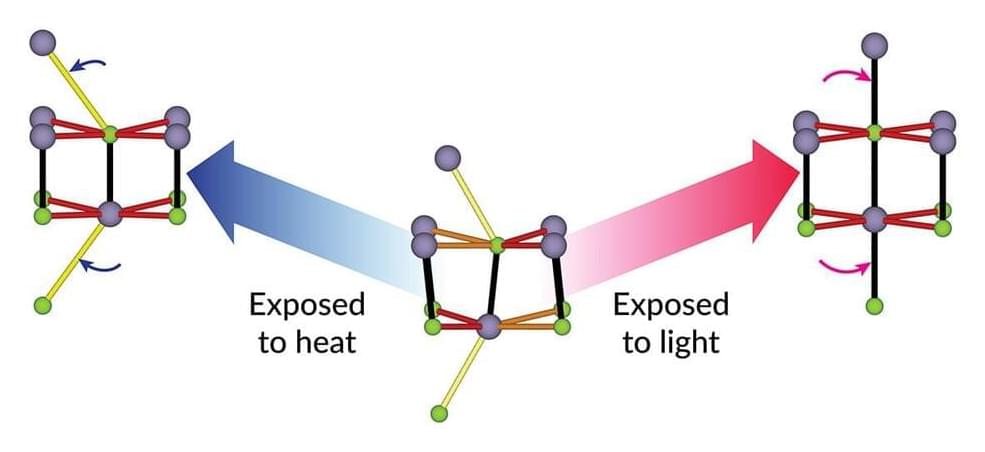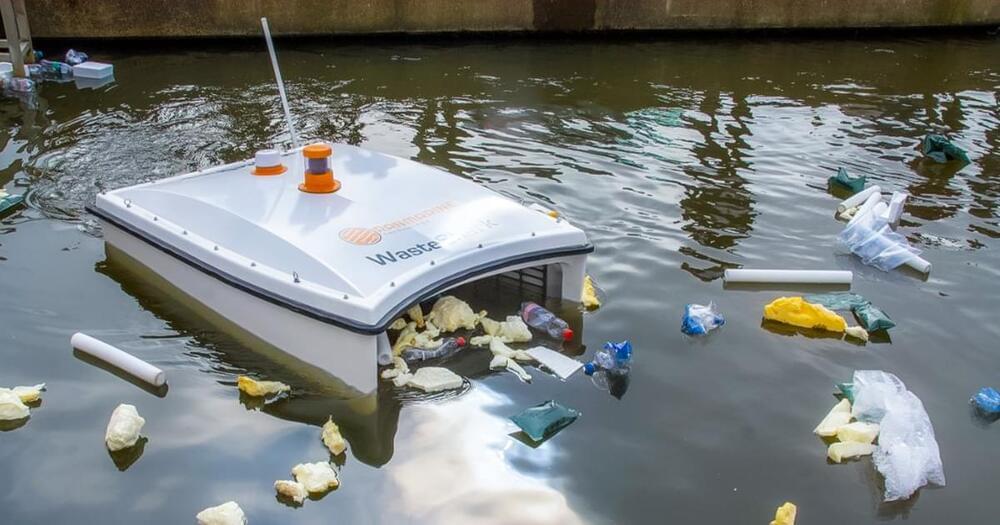Texas is suing Facebook’s parent company, Meta (FB (FBK) ), over allegations the social media giant illegally harvested the facial recognition data of tens of millions of state residents for a decade.
The lawsuit, filed Monday in Texas’s Harrison County District Court, argues that a now-shuttered Facebook (FB) photo-tagging feature failed to get Texans’ informed consent before gathering their facial recognition data. The feature worked by analyzing faces in photos, including those of non-Facebook users, and recommending that Facebook users tag the people that the tool identified.








